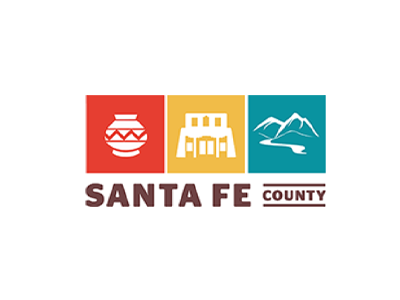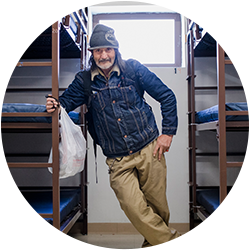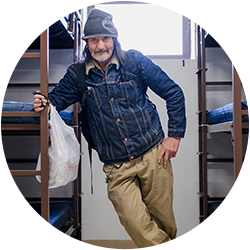Everyone deserves safe, stable, and supportive housing.
The S3 Santa Fe Housing Initiative reflects a strong community commitment to ensuring safe, secure housing for those most at risk and making affordable, stable housing available to all.
Everyone deserves safe, stable, and supportive housing.
The S3 Santa Fe Housing Initiative solidifies an overwhelming desire by individuals and groups throughout Santa Fe to protect and provide safe, secure housing for our most vulnerable residents, as well as affordable, stable housing for all community members.
Everyone deserves safe, stable, and supportive housing.
Everyone deserves safe, stable, and supportive housing.
The S3 Santa Fe Housing Initiative solidifies an overwhelming desire by individuals and groups throughout Santa Fe to protect and provide safe, secure housing for our most vulnerable residents, as well as affordable, stable housing for all community members.
The S3 Santa Fe Housing Initiative reflects a strong community commitment to ensuring safe, secure housing for those most at risk and making affordable, stable housing available to all.
Donate
Everyone deserves safe, stable, and supportive housing.
Everyone deserves safe, stable, and supportive housing.
The S3 Santa Fe Housing Initiative solidifies an overwhelming desire by individuals and groups throughout Santa Fe to protect and provide safe, secure housing for our most vulnerable residents, as well as affordable, stable housing for all community members.
The S3 Santa Fe Housing Initiative reflects a strong community commitment to ensuring safe, secure housing for those most at risk and making affordable, stable housing available to all.
donate
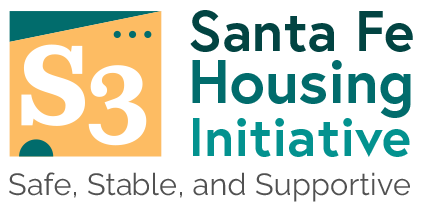
When we work together, so much more is possible.
The S3 Housing Initiative is a community-driven effort to ensure safe, stable, and affordable housing for all. By combining local knowledge with proven strategies like Built for Zero, we're tackling the root causes of homelessness and housing insecurity together.
Supported by local foundations, Santa Fe City and County, service providers, and advocates, S3 brings diverse partners together to create lasting solutions.
HOW YOU CAN HELP
At the S3 Santa Fe Housing Initiative, we believe everyone deserves safe, stable, and supportive housing. Your support and partnership help us fund our strategies to end homelessness and help improve the quality of life for all Santa Fe residents.
Support the S3 Santa Fe
Housing Initiative.
Donate Now
HOW YOU CAN HELP
At the S3 Santa Fe Housing Initiative, we believe everyone deserves safe, stable, and supportive housing. Your support and partnership help us fund our strategies to end homelessness and help improve the quality of life for all Santa Fe residents.
Support the S3 Santa Fe
Housing Initiative.
Donate Now
